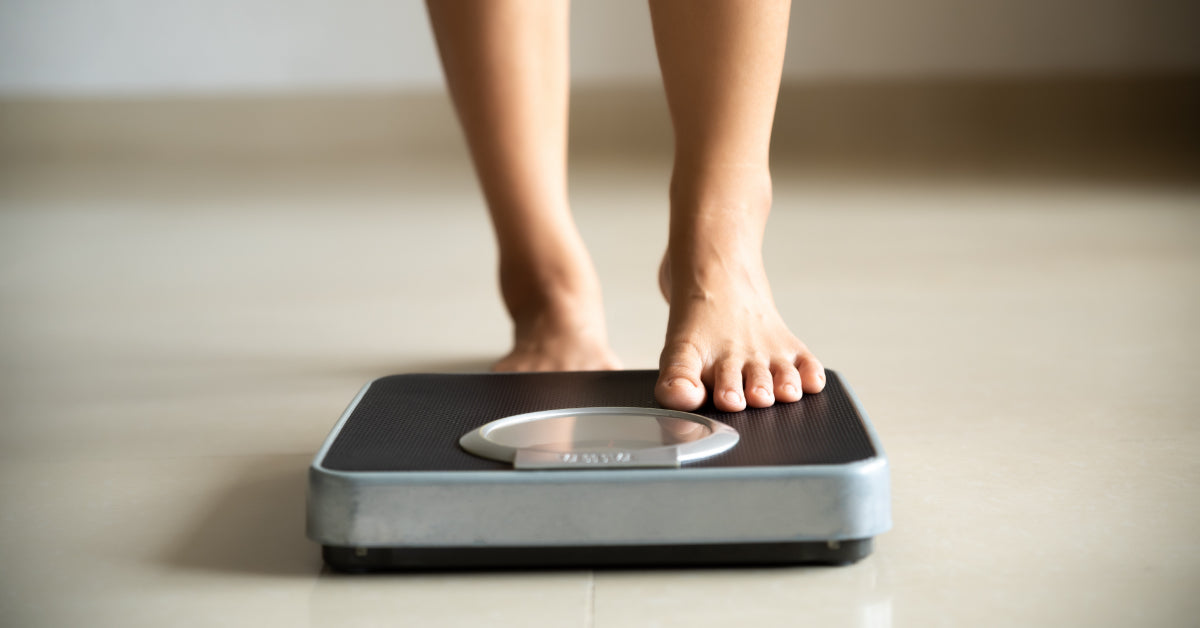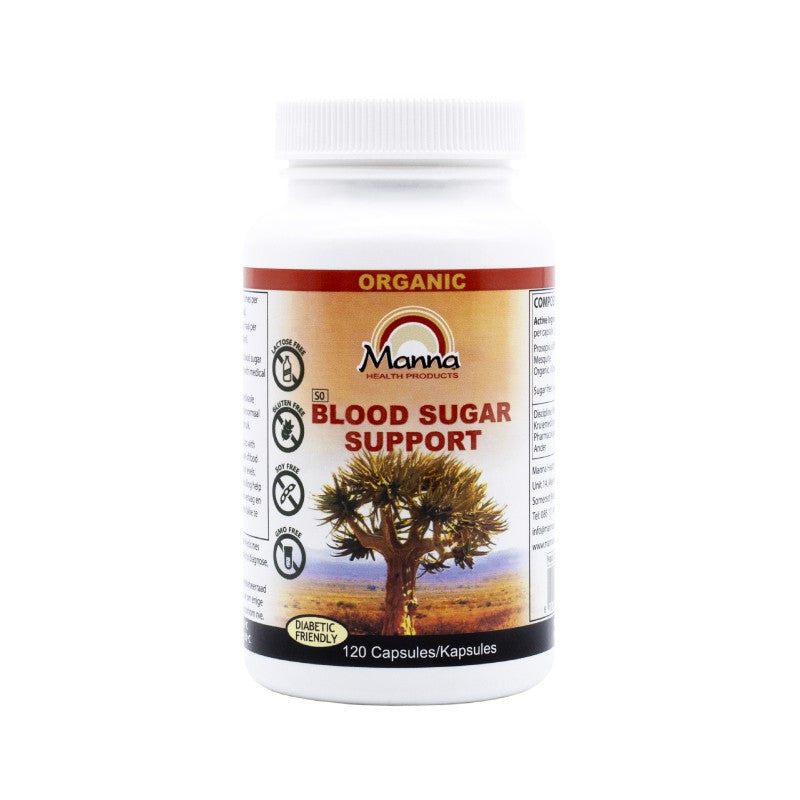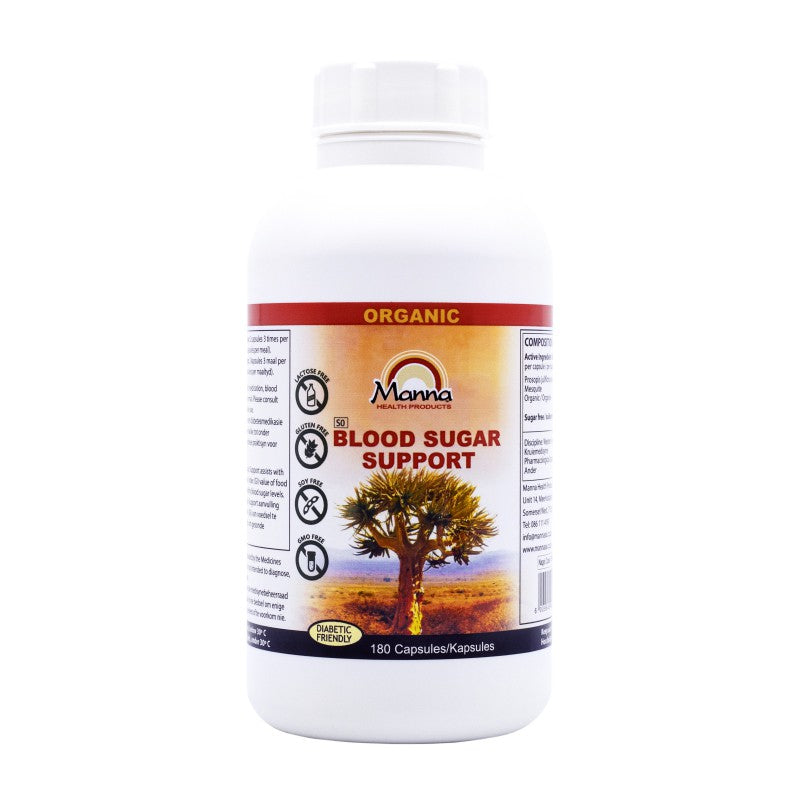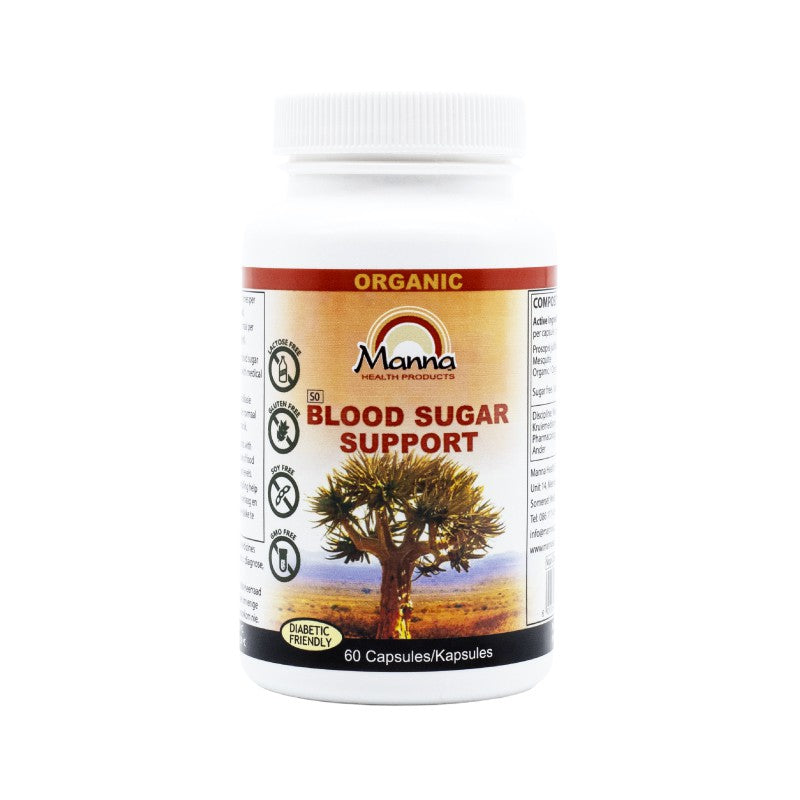
by Freda Coetzee
10 Symptoms of Candida Overgrowth
Candida can be a nasty type of infection to deal with at the best of time… But when it gets out of hand – they can cause some serious trouble! We will be looking at what candida is, the symptoms of candida and how to treat this infection. What exactly is candida? Candida is a fungus, which is a form of yeast, and a very small amount of it lives in your mouth and intestines. Its job is to aid with digestion and nutrient absorption but, when overproduced, candida breaks down the wall of the intestine and penetrates the bloodstream, releasing toxic byproducts into your body and causing leaky gut. This can lead to many different health problems, ranging from digestive issues to depression. How do we get candida overgrowth? The healthy bacteria in the gut typically keep your candida levels in check. However, several factors can cause the candida population to get out of hand: Eating a diet high in refined carbohydrates and sugar (which feed the yeast) Consuming a lot of alcohol Taking oral contraceptives Eating a diet high in beneficial fermented foods like Kombucha, sauerkraut, and pickles Living a high-stress lifestyle Taking a round of antibiotics that killed too many of those friendly bacteria Here are 10 common candida symptoms Skin and nail fungal infections These can include infections such as athlete’s foot or toenail fungus. Fatigue Constantly feeling tired or suffering from chronic fatigue or fibromyalgia which can be identified by muscle stiffness or soreness all across the body. Digestive issues Issues with the digestive system such as bloating, constipation, or diarrhoea. Autoimmune disease This can include diseases like:Hashimoto’s thyroiditisRheumatoid arthritisUlcerative colitisLupus, PsoriasisSclerodermaMultiple sclerosis A lack of focus Such a lack of focus can be identified in different ways which include difficulty concentrating, poor memory, ADD, ADHD, and brain fog. Skin Problems Skin issues such as eczema, psoriasis, hives, and rashes can appear when a candida overgrowth is present. Irritability General irritability, as well as mood swings, anxiety, or even depression, can also be signs of a candida overgrowth. Vaginal infections This is probably the most well-known symptom of a candida infection, and can often be one of the most uncomfortable signs. It can go even further and also include urinary tract infections, as well as rectal- or vaginal itching. Severe seasonal allergies This includes the normal seasonal allergy symptoms such as a scratchy throat, stuffy nose, itchy inner ears, and constant sneezing. Cravings Strong cravings for sugar and refined carbohydrate are often experienced. How do you test for Candida overgrowth? Blood test You’ll want to check your levels for IgG, IgA, and IgM candida antibodies. High levels indicate an overgrowth of candida. These can be checked through most labs. Stool testing This is considered the most accurate test available. It checks for candida in your colon or lower intestines and can determine the species of yeast as well as which treatment will be effective. How do we get rid of candida overgrowth? Effectively treating candida involves stopping the yeast overgrowth, restoring the friendly bacteria, and healing your gut. A low-carb diet is key. Eliminate sugar in all forms—candy, desserts, alcohol, and refined flours. Reduce complex carbs like grains, beans, fruits, bread, pasta, and potatoes. Avoid fermented foods. How to treat candida and its symptoms: Maintain a low-carb diet. Avoid artificial sweeteners, honey, fruits, and fruit juices. Avoid dairy products. Dairy can contribute to candida due to residual antibiotics and sugar lactose. Exclude yeast-rich and pickled foods. Avoid bread, yeast extract, stock cubes, alcoholic drinks, black tea, cheeses, and vinegar-heavy foods. Eat poultry, fish, meat, salads, and vegetables. Opt for organic when possible. Include antifungal herbs. Use rosemary, marjoram, thyme, ginger, garlic, and olive oil. Review medications. Minimize use of antibiotics, steroids, and estrogen supplements. Consult your doctor about alternatives. Use Warburgia-containing supplements. Warburgia helps kill candida and reduce its production. Try Manna Candida Support. Drink 2L of water daily. Water helps cleanse the body and eliminate candida. Use topical treatments for yeast infections. Over-the-counter balms can help treat genital yeast infections. Balance your gut pH. Use alkaline foods and a supplement like Manna pH Balance. Prevent sugar cravings. Manna Blood Sugar Support can help regulate glucose and reduce cravings. Download the Candida e-book. Get detailed treatment info and recipes to stop candida growth. How to beat candida symptoms safely and naturally with Manna Candida Support 1. Manna Candida Support Restricts fungal growth, provides strong antioxidant support, and offers a direct antifungal effect to stop and prevent candida overgrowth. Not suitable for individuals with serious heart conditions or during pregnancy. 2. Manna Candida Support contains: Warburgia salutaris (Pepper Bark Tree): An antifungal herb known for fighting yeast, fungal, bacterial, and protozoal infections. Prosopis Mixture: Helps stabilize blood sugar to reduce sugar cravings. Eucalyptus Extract (Flavonoids and Polyphenols): High in antioxidants, anti-viral and anti-inflammatory properties, helping fight bacterial and yeast overgrowth like candida.











































